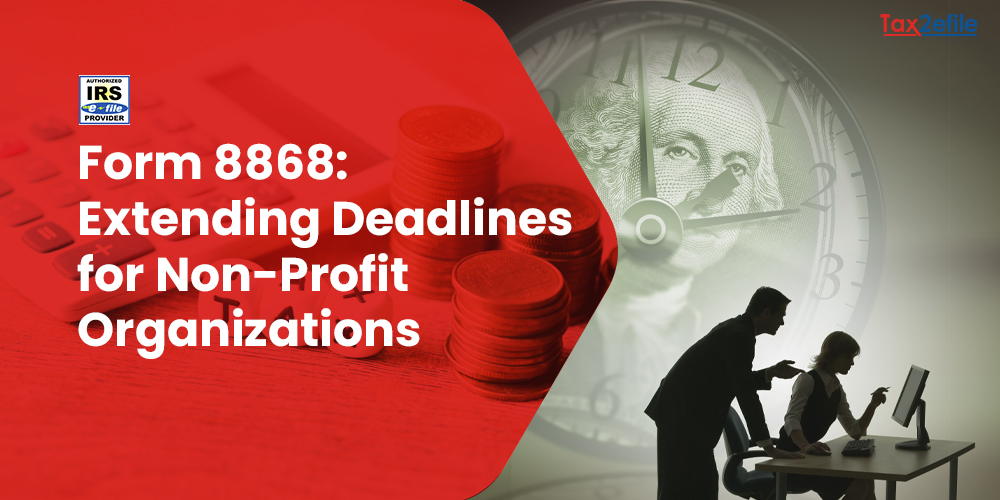- October 31, 2021

It’s a sign of relief as a new bill has made itself into the law. The small businesses, child care providers, schools, individual Americans, and cultural institutions affected by the Coronavirus’s effects would be receiving relief funds. Let us dive into detail about the paycheck protection program loans of Covid-19.
Table of Contents
About the COVID relief bill
-
-
- Through paycheck protection plan funding, the bill offers about $284 billion for relief. The eligibility is most likely for small businesses that face a decrease of income more significant than 25% in one quarter of 2020 and owing 300 or fewer employees.
- For repeat applications, the loan cap has declined from $10 million to $2 million.
- Though industries already obtained a PPP loan, they can still apply for this round too.
- The unique aspect of the bill is that it offers extended and expanded unemployment benefits.
- The new stimulus bill has an impact on all present PPP loans except ones already forgiven.
- Till the end of 2021, there has been a delay in payroll tax repayment.
-
Eligibility for the second round of PPP loans
Non-profits, small businesses, self-employed individuals, independent contractors, sole proprietors, veterans’ organizations, and agricultural co-ops qualify for PPP funding with the following eligibility conditions.
-
-
- Must possess 300 or fewer employees.
- Representing a decrease of 25% in the income in one quarter of 2020 compared with the previous year.
-
Who are not eligible for PPP loans?
Any business with the following criteria is not eligible for PPP loans.
-
-
- If it’s a public traded company.
- Owing more than 300 employees.
- If China owns about 20% ownership.
- If lobbying is the primary function.
- If you are not qualified for SBA loans.
-
Special care for minority-run, small, and hard-hit organizations
There is an increase in reimbursements to lenders owing loans less than $50,000. In this way, the lenders are incentivized to work for businesses and small non-profits. The SBA has introduced a simplified method in processing the form 3508S for borrowers owing loans less than $50,000.
-
-
- The second round of PPP loans mainly targets $12 billion for owned and minority-run organizations and charities present in underserved communities.
- The best feature about the bill is that it supports industries that are excessively hurt.
- The new law assists credit unions, small community banks, community development financial institutions (CDFI) by setting aside $15 billion of the total money.
- The pandemic relief package’s unique aspect is that it allows non-itemizers to cut nearly $300 in charities for 2021.
-
Way of applying
Applying for a PPP loan is possible through SBA 7(a) lender, or utilizing federally insured credit union, depository institution, and through Farm credit system taking part in the program. Choose an SBA-approved bank, get to know your maximum loan amount, complete the loan application, and submit it with supporting documents.
A good piece of advice would be to apply for PPP loans as soon as possible. Always seek the help of prominent and approved tax filing sources such as Tax2efile.com for an easy tax filing process.
